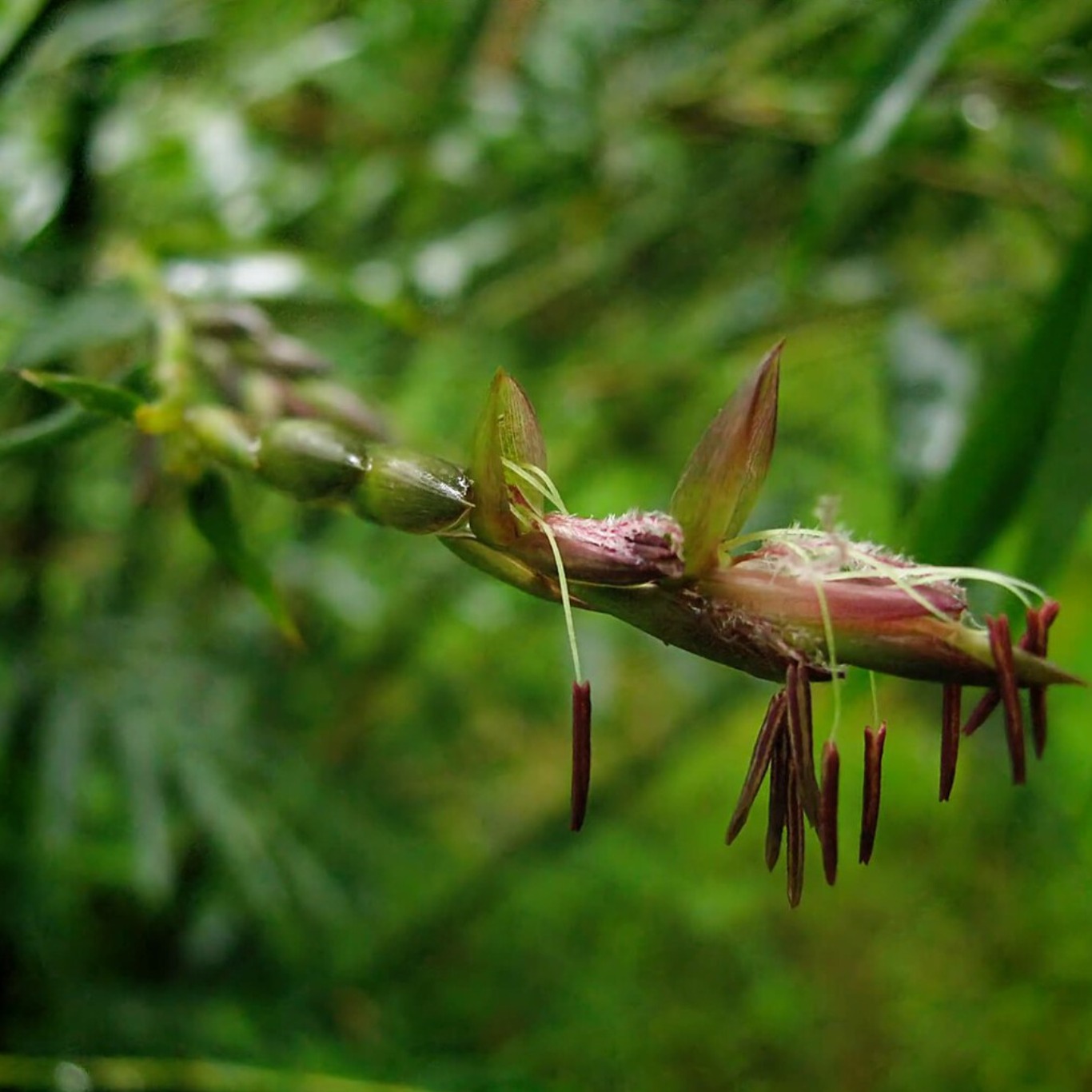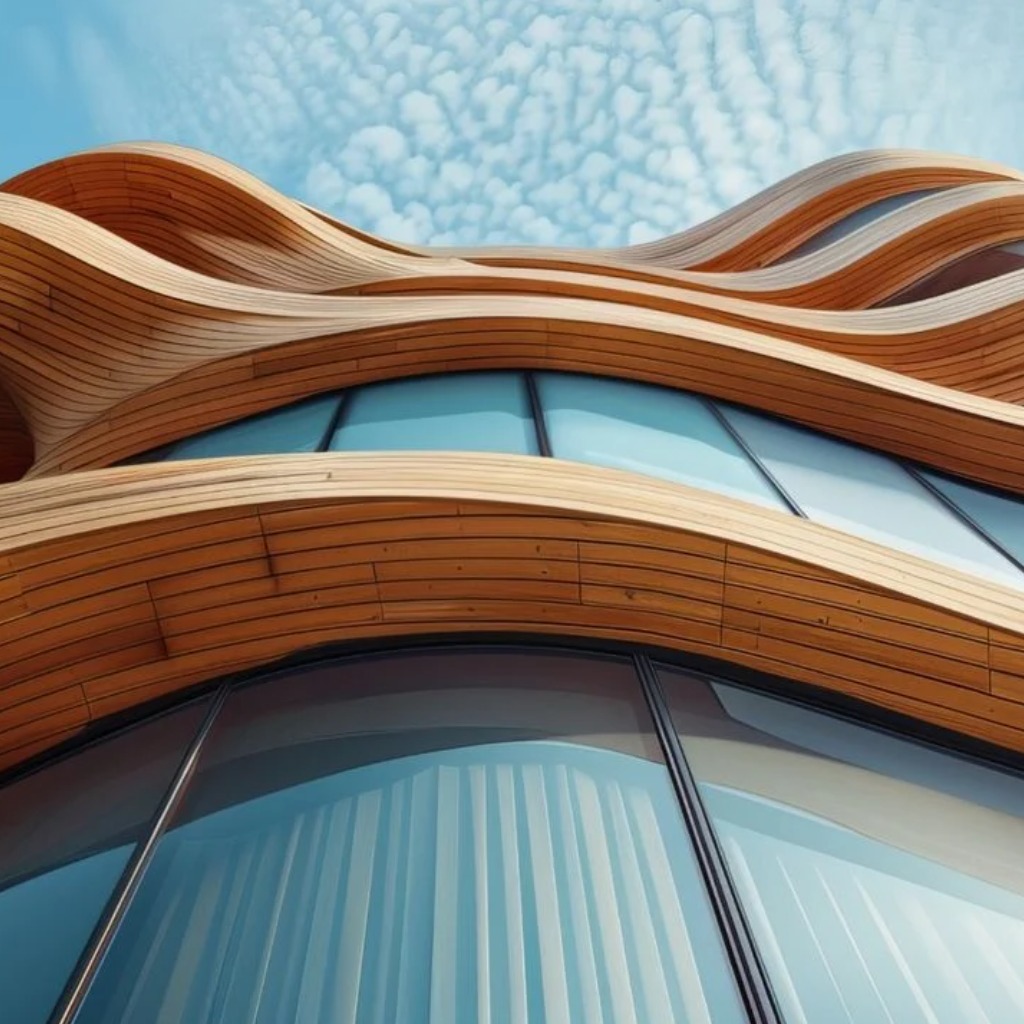
After 120 years of growth, a Japanese bamboo has just flourished. And that is a problem
Phyllostachys nigra var. Henonis is the scientific name of this curious plant who goes for a walk through the countryside or through the parks of his city can still find numerous flower plants, while many others are already paying off. Many of the plants around us bloom, bear fruit and repeat this part of their reproductive cycle the following year. Others take a little longer
For example the Henonis variant of the phyllostachys nigra species. This variety of black bamboo blooms once in its existence, for what you need 120 years. This bamboo is extended in Japan where these centenary cycles generate great flowering events in which numerous bamboo populations bloom to give way to their reproductive process. After these flowering events, the population of Bambús dies, giving way first To the open field and then to the new generation of plants. Although most of the populations of this bamboo flourish during these great events, there are some discouraged populations. Thus, although the last great flowering took place in 1908 and the next one will be in 2028, we know of discouragement populations with respect to the general trend. Thus, for example, between 1903 and 1912 we have proof of the flowering of some populations. The last of these small events of flowering occurred in 2020. The little frequency with which these plants flourish have turned their reproductive process into a mystery. However, the 2020 event served a group from Hiroshima University to study the phenomenon carefully. What they observed was disconcerting and, possibly, bad news for this plant. Bullying viable seeds, the investigators found that, although 80% of the plants of the population analyzed gave flower, none of them produced viable seeds. This made researchers think that perhaps this species does not depend so much on sexual reproduction for its curious life cycle. The bamboo does not produce any viable seed that can germinate, he explained in a press release Toshihiro Yamada, a member of the research group responsible for the study. There was no sign of regeneration of this bamboo after its flowering after the initial three years. The team was analyzing the growth (or rather the absence of this) for three years. The details of his study have been published recently in an article in PLOS One magazine. The implications of this are uncertain. The extension of the bamboo in Japan reaches 170,000 hectares, the researchers remember. Although the henonist variant only represents a fraction of this area, experts believe that the ecological impact of the following flowering can be important. The reason is in the extension of the period between the death of one generation and the arrival of the other, a period that , as they have found, it can be extended for more than three years. Three years in which numerous bamboo forests become prairies. This implies a change in the ecological characteristics of the land. Various species of animals survive under these forests, which also help fix the ground, thus avoiding some of the worst consequences of floods. [We could] have to manage this drastic change after [next] flowering, Yamada added. Bamboo is a plant that throughout history has generated great economic and cultural value in Japan and other places in Asia, especially China , where it serves as food to one of its endemic species, the panda bear. Many bamboo species that require long periods to flourish. Species such as phyllostachys bambuseoids may also require 120 years to bloom (its next great event is expected around 2090), while species such as the bambusa bambos have shorter periods of flourishing, about 32 years. The ecological challenges of this family of plants can, therefore, not be exclusive to a single variant. Generations and generations of studies will be needed to better understand the evolutionary idiosyncrasy of these unique plants.
IT MAY INTEREST YOU
 Success of the Third Internal Fair Tech-Toogher for Hymmen
Success of the Third Internal Fair Tech-Toogher for Hymmen
On October 8 and 9, the third edition of the Tech-Toogher Internal Fair took place, organized in collaboration with other machinery manufacturers in the region. Hymmen was positively surprised by the great interest he aroused, taking into account the difficult market situation: visitors, from several European countries, almost as many as in the last internal fair two years ago, they could closely observe the production technologies at the Internal Technical Center of Rödinghausen. These covered from digital printing technology and printing and coating systems to the Smart2i industrial intelligence solution. Among the novelties were technologies for the production of industrial wood.
 Foa Casa celebrates its 40 editions
Foa Casa celebrates its 40 editions
Well Aires, October 2024.- Casa Foa, the exhibition of architecture, design, landscaping and industry reference throughout the region, confirmed its next 2024 edition, which will take place in the iconic building of the Plata (former market of silver), located In Carlos Pellegrini to 200 in front of the Obelisk, from October 30 to December 1, 2024. The 40th edition of Casa Foa will be held under the concept Inside The Box, understanding the building as the box that summons us, the Proposal is an invitation to be where everything happens. Where? In the Plata building. A milestone, a story, an icon. This year is very special because 4 decades are celebrated since the beginning of this cultural and artistic project that revalues ??emblematic buildings of the national heritage and summons the best architects and design professionals.
 Construction of wooden buildings: these are the new projects in Argentina and the region
Construction of wooden buildings: these are the new projects in Argentina and the region
As shown in the Paris Olympic Games, the wood industry seeks to be the protagonist in the construction of homes and buildings where sustainability are the basis of development. In the world there are about 140 mass wooden buildings, with structures of eight floors or more, among which are already finished, under construction or in development stages, according to data from the High Building Council and Urban Habitat (CTBUH, by its acronym in English). Most of these projects are in Europe and North America, but in our region some proposals have already begun and there are concrete projects in Chile, Uruguay, Brazil, Peru and Mexico. In favor, wood has the support of those who fight against climate change. The cities are the cause and probably part of the solution in this crusade since they are responsible for 70 % of carbon emissions.





















